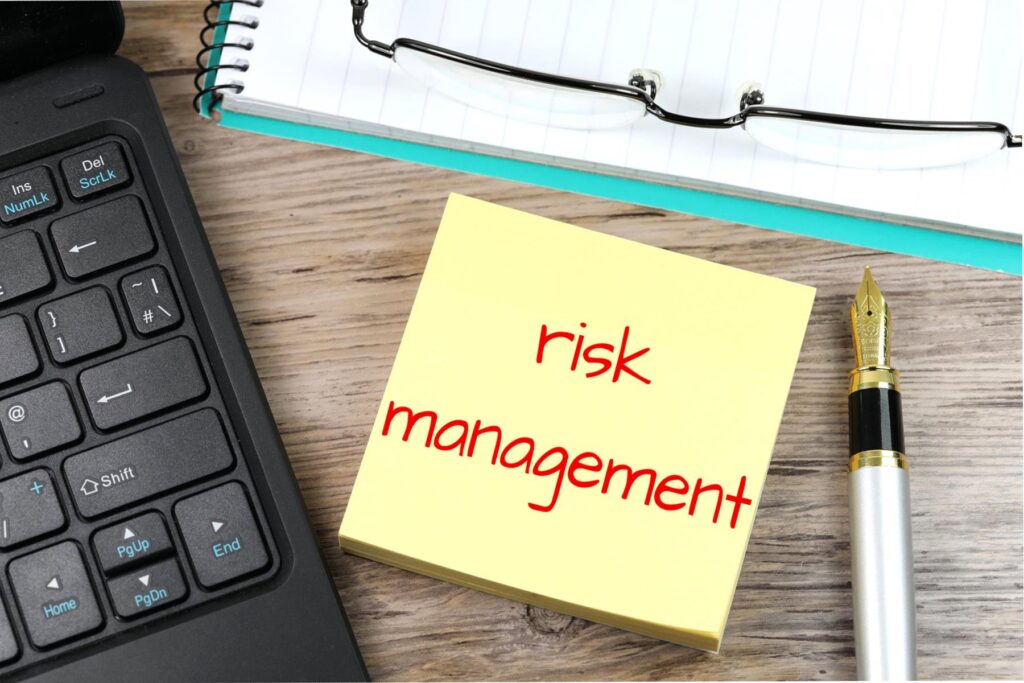Risk Management Tips – Risk management is an integral part of any successful business or venture. It involves the identification, assessment, and mitigation of potential risks that could impact the achievement of objectives. Here, we’ll explore essential tips for effective risk management.

Introduction to Risk Management
In today’s dynamic business landscape, understanding and managing risks are crucial. Risk management is the process of identifying, assessing, and responding to risks to minimize their impact. Whether in business, finance, or everyday life, having a robust risk management strategy can prevent unforeseen challenges from derailing progress.
Identifying Risks
The first step in effective risk management is identifying potential risks. These risks can vary widely based on the industry, market, or specific circumstances. Assessing risks involves analyzing internal and external factors that could hinder objectives, ranging from financial risks to operational or strategic risks.
Risk Assessment Strategies
Once risks are identified, the next step is assessing their impact and likelihood. Quantitative and qualitative assessments help in understanding the severity and probability of each risk. Employing various tools and methodologies assists in categorizing risks and prioritizing them for mitigation.
Risk Mitigation Techniques
After assessing risks, the focus shifts to mitigation strategies. Proactive measures, such as implementing preventive controls or developing contingency plans, can significantly reduce the potential impact of identified risks. Effective risk mitigation involves a combination of preventative actions and responsive measures.
Role of Technology in Risk Management
Technology plays a pivotal role in modern risk management practices. Advanced analytics, AI, and machine learning enable businesses to analyze vast amounts of data, identify patterns, and predict potential risks. Leveraging these technological advancements enhances risk assessment accuracy and efficiency.
The Human Factor in Risk Management
While technology is instrumental, the human element remains crucial in risk management. Employee training and fostering a risk-aware culture within an organization are essential. Employees equipped with risk management skills contribute significantly to early risk detection and mitigation.
Continuous Monitoring and Adaptation
Risk management is not a one-time activity but an ongoing process. Continuous monitoring allows for the identification of new risks and ensures that existing strategies are effective. Flexibility and adaptability in risk management strategies are vital to address evolving risks.
Case Studies: Successful Risk Management
Examining real-life examples of successful risk management provides valuable insights. Case studies illustrate how effective risk management strategies were applied and the positive impact they had on businesses or projects.
The Future of Risk Management
The landscape of risk management is continuously evolving. Emerging trends, such as cybersecurity advancements and predictive analytics, are reshaping risk management practices. The future holds exciting possibilities for more sophisticated risk management tools and methodologies.
Conclusion
In conclusion, effective risk management is imperative for sustainable success in any endeavor. By understanding, assessing, and mitigating risks, businesses and individuals can navigate uncertainties and achieve their goals more confidently.
FAQs
- Why is risk management important?
- Risk management helps in foreseeing potential challenges and mitigating their impact, ensuring smoother operations.
- How often should risk management strategies be reviewed?
- Regular reviews are crucial. Depending on the industry and changes, reviews can occur annually or more frequently.
- Can risk management eliminate all risks?
- While it can’t eliminate all risks, it aims to minimize their impact and likelihood.
- What role does risk culture play in an organization?
- A strong risk-aware culture ensures that employees actively participate in identifying and addressing risks.
- Is risk management only for businesses?
- No, risk management applies to various aspects of life, including personal finance and decision-making.




